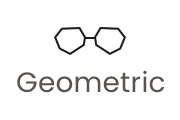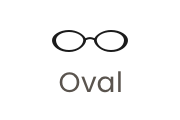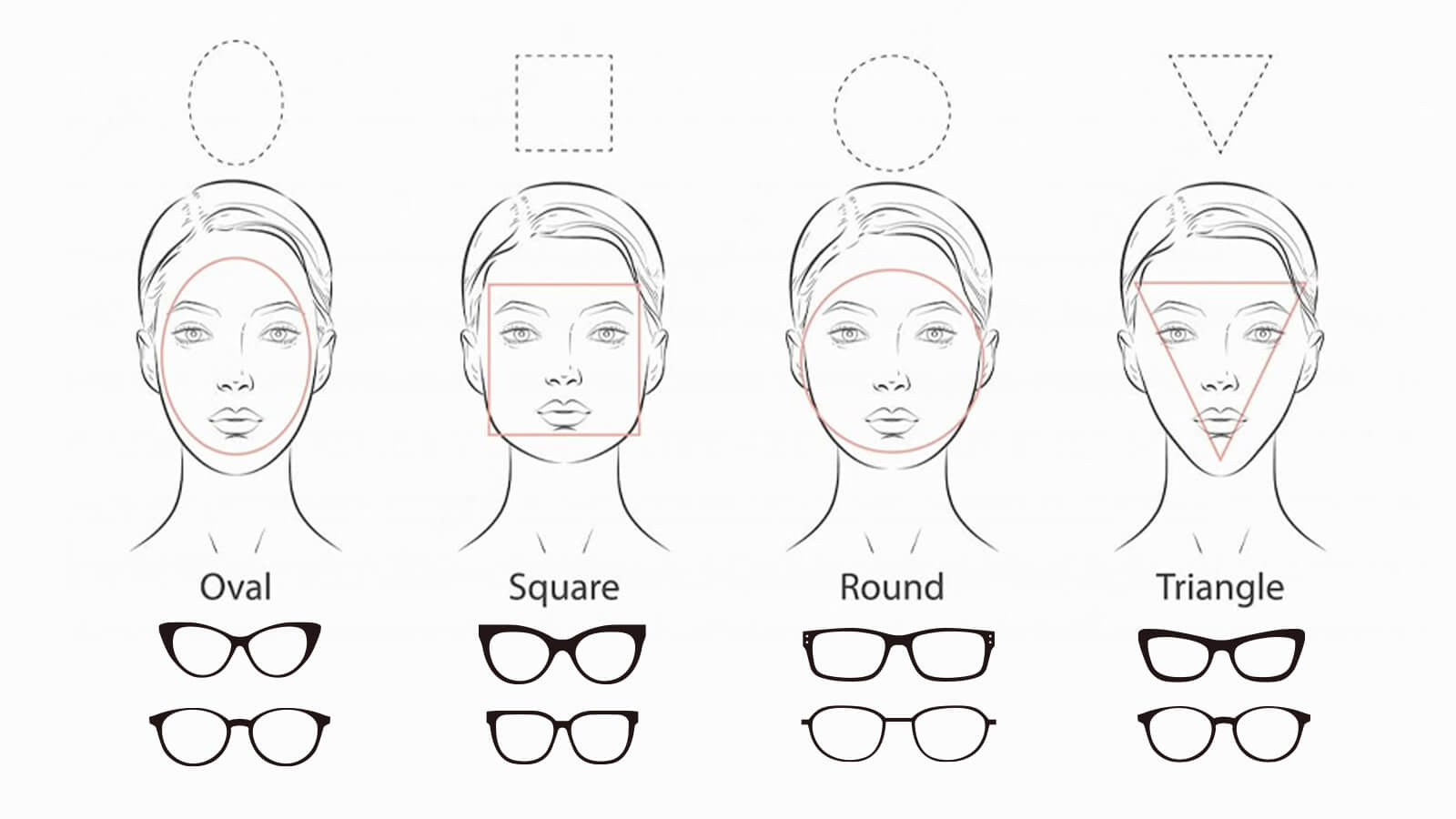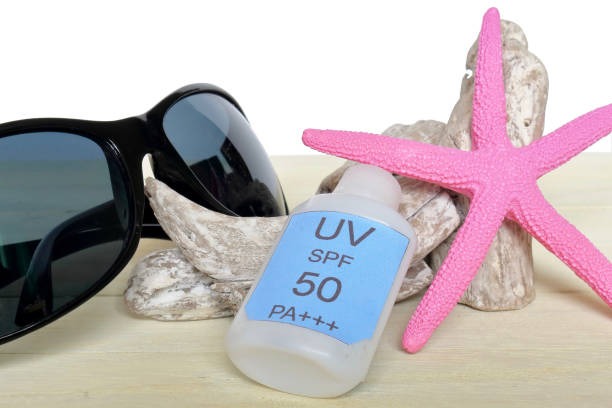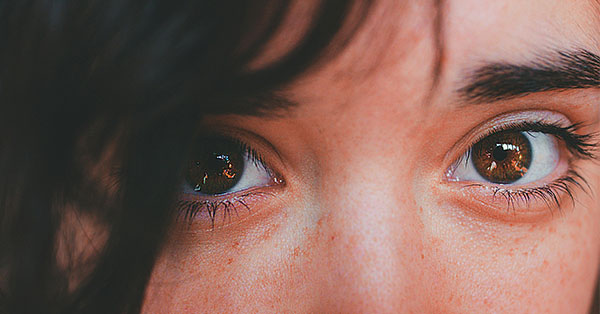
Guide to Picking Glasses That Suit Your Face Shape Perfectly
February 27,2023

What is Boho Style? A Comprehensive Guide to Boho-Chic Fashion
February 13,2025

Virtual Glasses Try On - Find Your Perfect Pair Online
April 02,2024

UV Protection Glasses VS. Blue Light Glasses - Vooglam
July 20,2023

Newest Style Modern Trendy Mens Glasses | Vooglam
March 01,2024

Stylish Reading Glasses: Blending Fashion with Functionality
February 16,2023

What are photochromic lenses & glasses?
September 22,2023

Brown Eyes: The Beauty of the Most Common Hue
September 01,2024

The chubby face glasses for round face female
August 02,2023

What are prisms in eyeglasses?
March 20,2023

What Are Bifocal Glasses? The Complete Guide (Types, History & Benefits)
April 14,2023

How to Read Your Eyeglass Prescription?
March 11,2023
What is Hyperopia? - Vooglam
What is hyperopia? How is hyperopia formed? The following vooglam will give you a detailed answer. Hyperopia is when parallel light enters the eye and forms a focus behind the retina. External objects cannot form a clear image in the retina. The patient's subjective perception is that both distant objects and near objects are blurred.

Many people have a misunderstanding that farsightedness sees blurry near vision, but sees clearly far away. Here is a popular science: In fact, farsightedness is blurred in the distance, and more blurred in the near.
So why do children with farsightedness seem to be able to see clearly in the distance and even up close? 1) children's crystals are very elastic; 2) their ciliary muscles have a strong ability to accommodate. Young kids and teens can boost their eye's ability to gather light. This helps light refocus on the retina.
Hyperopia is a refractive error
Hyperopia is a refractive error that is more common in children and adolescents. The degree of hyperopia generally does not deepen with age, and often has a certain downward trend. The most common type of hyperopia is axial hyperopia, which is the most common type of refractive errors.

At birth, the average axial length of the human eye is about 17.3mm. From the perspective of the length of the eye axis, almost all of them are farsighted. It can be said that the baby's farsightedness is physiological. Growth, by the time of adulthood, should be emmetrope or close to emmetrope. Some people face issues with eye development. This can happen due to internal or external factors. As a result, the eye's axial length may not reach the normal size, leading to hyperopia.

Classification of farsightedness
The visual acuity of a farsighted eye depends on its level of farsightedness and how well it can accommodate. According to the degree of hyperopia: low hyperopia: less than +3.00D; moderate hyperopia: +3.00 -- +5.00D; Severe hyperopia: greater than +5.00D.
The difference between hyperopia and presbyopia
Hyperopia usually happens because the eyeball is shorter in the front and back. On the other hand, presbyopia occurs as the lens and ciliary muscle age, reducing their refractive power. Hyperopia is common in kids, and the need for correction often gets less each year. When the degree isn't high, you can get a clear image of the object. This works whether you look up close or far away.

Presbyopia usually affects middle-aged and older adults. As people age, the need for correction increases. This happens because the ability to adjust declines. Even with a low degree of presbyopia, nearby objects may appear blurry. To see them clearly, one must hold them at a greater distance.
How to correct hyperopia to ensure eye health?
Patients with hyperopia often experience visual fatigue. Symptoms include blurred vision, swollen eyes, and headaches. This happens because of the long-term tension in the eyeball. If you have problems such as vision loss, you should go to the hospital to check the optometry as soon as possible. If it is determined to be hyperopia, you should wear glasses in time. Don't delay. Usually, wearing glasses for the first time will be a little uncomfortable, and you will get used to it after 2 months of wearing. Once you get used to it, wear it often and don’t pick it off. Check your eyesight regularly. Also, build a healthy lifestyle and avoid straining your eyes.

Vooglam Blog
Vooglam blog shares professional knowledge about eyeglass frames, lenses, etc., and provides help when purchasing and using eyewear products. At the same time, Vooglam focuses on fashion glasses to interpret the trend of glasses for you.







